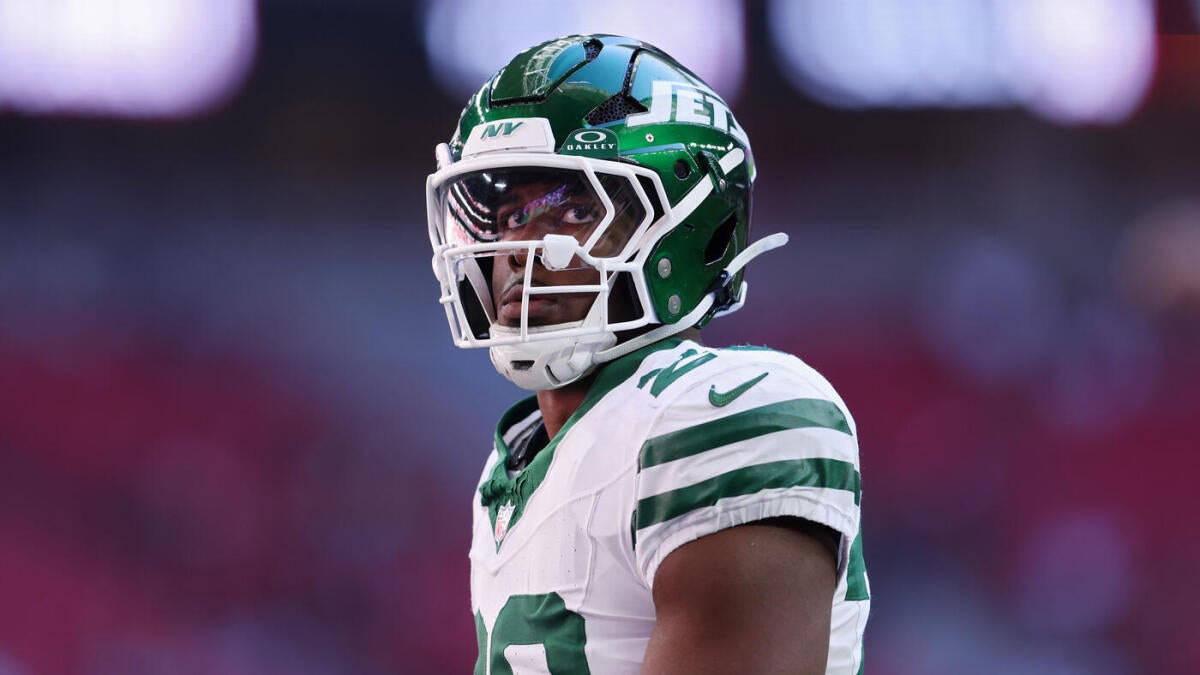The Evolving Role of Running Backs in the Modern NFL
The Changing Landscape of Running Back Valuation
The NFL has undergone a significant transformation in how it values the running back position. Historically, running backs were the cornerstone of offensive strategies, commanding top-tier salaries and long-term contracts. However, the modern game has shifted towards a more dynamic and versatile approach, where the running back’s role has been redefined. This shift is driven by several factors, including the rise of passing offenses, the increased emphasis on quarterback play, and the emergence of sophisticated offensive schemes. As a result, the traditional bell-cow running back has become less of a priority, and teams are now more likely to employ a committee approach, utilizing multiple running backs with specialized skill sets.
The Financial Implications of the Shift
The devaluation of the running back position has significant financial implications. Teams are increasingly hesitant to invest heavily in long-term contracts for running backs due to the perceived shorter shelf life and the availability of replacements. This trend is evident in the declining number of running backs receiving lucrative contract extensions and the increasing prevalence of short-term deals and franchise tags. The financial risks associated with investing in a running back are substantial, as the position is prone to injuries and rapid performance decline. Consequently, teams are opting for more flexible financial strategies, such as signing running backs to shorter, team-friendly contracts that allow for greater roster flexibility.
The Impact on Player Development and Expectations
The evolving valuation of running backs has also impacted player development and expectations. Running backs are now expected to contribute in multiple facets of the game, including pass protection, receiving, and special teams. This versatility is crucial for their long-term success and job security. Players like Christian McCaffrey and Alvin Kamara have set a new standard for what it means to be a modern running back, excelling in both the running and passing games. As a result, young running backs entering the league are encouraged to develop a well-rounded skill set that makes them indispensable to their teams.
The Role of Analytics in Running Back Evaluation
Analytics has played a significant role in the devaluation of the running back position. Advanced metrics and data-driven approaches have provided teams with a more nuanced understanding of the running back’s impact on the game. Metrics such as yards after contact, broken tackles, and receiving efficiency have become crucial in evaluating a running back’s overall value. These analytics have shown that the running back’s contribution to the passing game is often as valuable as their rushing yards. Consequently, teams are placing a higher emphasis on running backs who can contribute in both phases of the game, further diminishing the value of traditional, one-dimensional running backs.
The Future of the Running Back Position
The future of the running back position is likely to continue evolving, with teams placing an even greater emphasis on versatility and durability. The rise of mobile quarterbacks and the increasing use of pre-snap motion have further diminished the traditional running back’s role. As a result, running backs who can excel in both the running and passing games will be highly sought after. Additionally, the use of analytics will continue to shape the evaluation and development of running backs, with teams placing a higher emphasis on metrics that predict long-term success.
Conclusion: A New Era for Running Backs
The running back position has undergone a significant transformation in the modern NFL. The devaluation of the position has been driven by a combination of factors, including the rise of passing offenses, the increased emphasis on quarterback play, and the emergence of sophisticated offensive schemes. The financial implications of this shift are substantial, with teams opting for more flexible financial strategies and shorter-term contracts. The impact on player development and expectations has been profound, with running backs now expected to contribute in multiple facets of the game. Analytics has played a crucial role in this evolution, providing teams with a more nuanced understanding of the running back’s impact on the game. The future of the running back position is likely to continue evolving, with teams placing an even greater emphasis on versatility and durability. As the game continues to change, the running back’s role will undoubtedly adapt, shaping the future of the position in the NFL.





